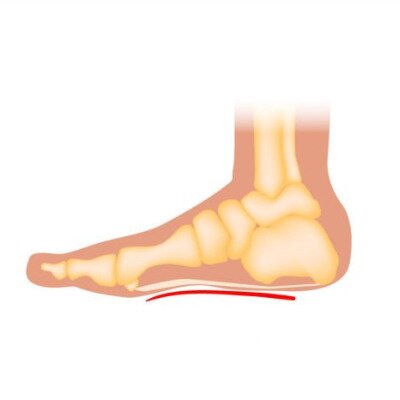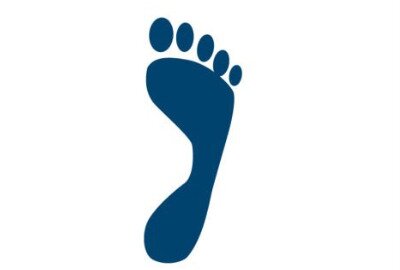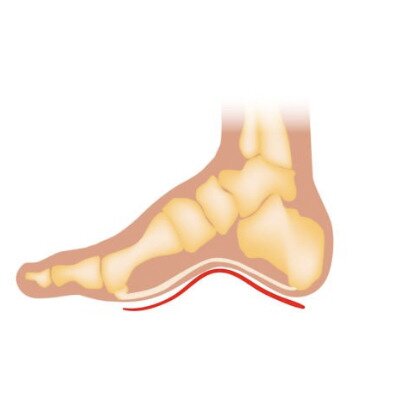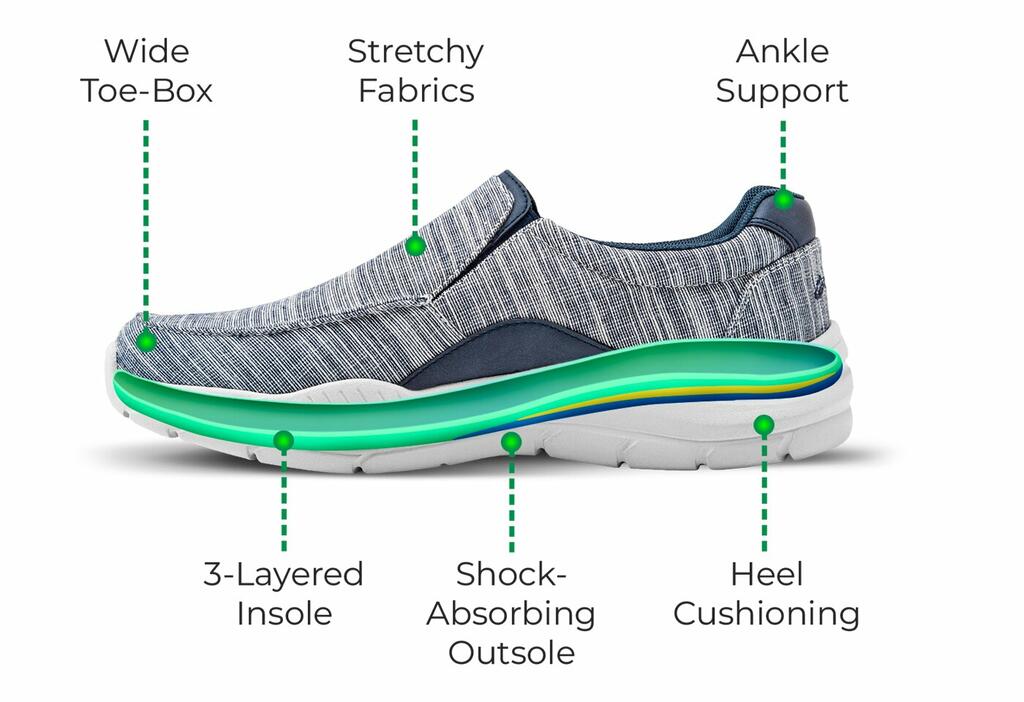7 Common Foot Issues in Women Over 50 and the Shoes that Can Help By Jane Sterling | Published on April 17, 2024 @ 2:18 PM Foot health is a…

Finding the right pair of arch support shoes is not just about style; it’s about comfort, health, and preventing foot pain. With various arch types, knowing which shoes best support your feet can seem daunting. This guide simplifies the process, helping you identify your arch type at home and choose the perfect arch support shoes for ultimate comfort.
Imagine wearing shoes that don’t quite fit right. They might look fabulous, but by the end of the day, your feet are aching, and you can’t wait to kick them off. Now, think about shoes that not only look great but also feel like they were made just for you. Sounds wonderful, right? That’s exactly why knowing your arch type is so crucial when it comes to selecting arch support shoes.
Your feet are the foundation of your body. They support your weight, help you balance, and absorb the shock of every step you take. The arch of your foot, in particular, plays a key role in how you move. There are three main arch types – low, normal, and high – and each has its own needs when it comes to support:

This classic test is as simple as it sounds, and all you need is water, a shallow pan, and a piece of cardboard or heavy paper. Here’s how to do it:
If your footprint shows most of your foot, you likely have a low arch. A normal arch will leave a print with a noticeable curve along the inside of your foot. Finally, if there’s very little footprint between the heel and the ball of your foot, you probably have a high arch.
If you want to be a bit more precise, the paper test is your friend:
Sometimes, the way your feet feel or how your shoes wear out can give you clues:
If you have low arches or flat feet, you might have noticed your feet get tired easily, or you feel pain in your arches or heels. Here’s what to look for in shoes:


Lucky you! With normal arches, you have a wide variety of shoes to choose from, but not all shoes are created equal:


High arches can make finding comfortable arch support shoes a bit of a quest. Your arch doesn’t touch the ground much, so you need shoes that:


No matter your arch type, keep these general tips in mind:
Choosing the right arch support shoes might seem like a task, but it’s worth the effort. The right pair not only improves your comfort throughout the day but also helps prevent foot-related issues down the line.
So, take your time, do your research, and remember, the perfect shoe for your arch type is out there waiting for you. With these tips, you’re well on your way to finding footwear that feels like it’s made just for you.

7 Common Foot Issues in Women Over 50 and the Shoes that Can Help By Jane Sterling | Published on April 17, 2024 @ 2:18 PM Foot health is a…
9 Common Summer Foot Issues for People with Wide Feet By Jane Sterling | Published on April 15, 2024 @ 2:13 PM Summer brings a unique set of challenges for…

5 Signs You Need Better Arch Support Shoes By Jane Sterling | Published on April 12, 2024 @ 2:13 PM Are you constantly dealing with foot discomfort? Believe it or…

Dos and Don’ts of Shoe Shopping for Men: A Guide to Orthopedic Shoes By Jane Sterling | Published on April 8, 2024 @ 7:13 PM Selecting the right pair of…

How Diabetic Shoes for Men Help with Swollen Feet By Jane Sterling | Published on April 4, 2024 @ 1:10 PM When it comes to managing diabetes, every detail counts,…

Find the Perfect Arch Support Shoes: A Guide to Identifying Your Arch Type at Home By Jane Sterling | Published on April 3, 2024 @ 1:10 PM Finding the right…
To provide the best experiences, we and our partners use technologies like cookies to store and/or access device information. Consenting to these technologies will allow us and our partners to process personal data such as browsing behavior or unique IDs on this site and show (non-) personalized ads. Not consenting or withdrawing consent, may adversely affect certain features and functions.
Click below to consent to the above or make granular choices. Your choices will be applied to this site only. You can change your settings at any time, including withdrawing your consent, by using the toggles on the Cookie Policy, or by clicking on the manage consent button at the bottom of the screen.



Switching to Canles footwear was a game-changer for me. Dealing with arthritic pain in both of my feet used to make each step a struggle. However, within a few days of wearing these shoes, I noticed a dramatic decrease in discomfort.
George C.Verified Customer











